Rise of One Nation linked to Australian gun reforms
Australia’s most heinous crime changed the country forever. It led to sweeping changes but also, experts say, had unintended consequences.
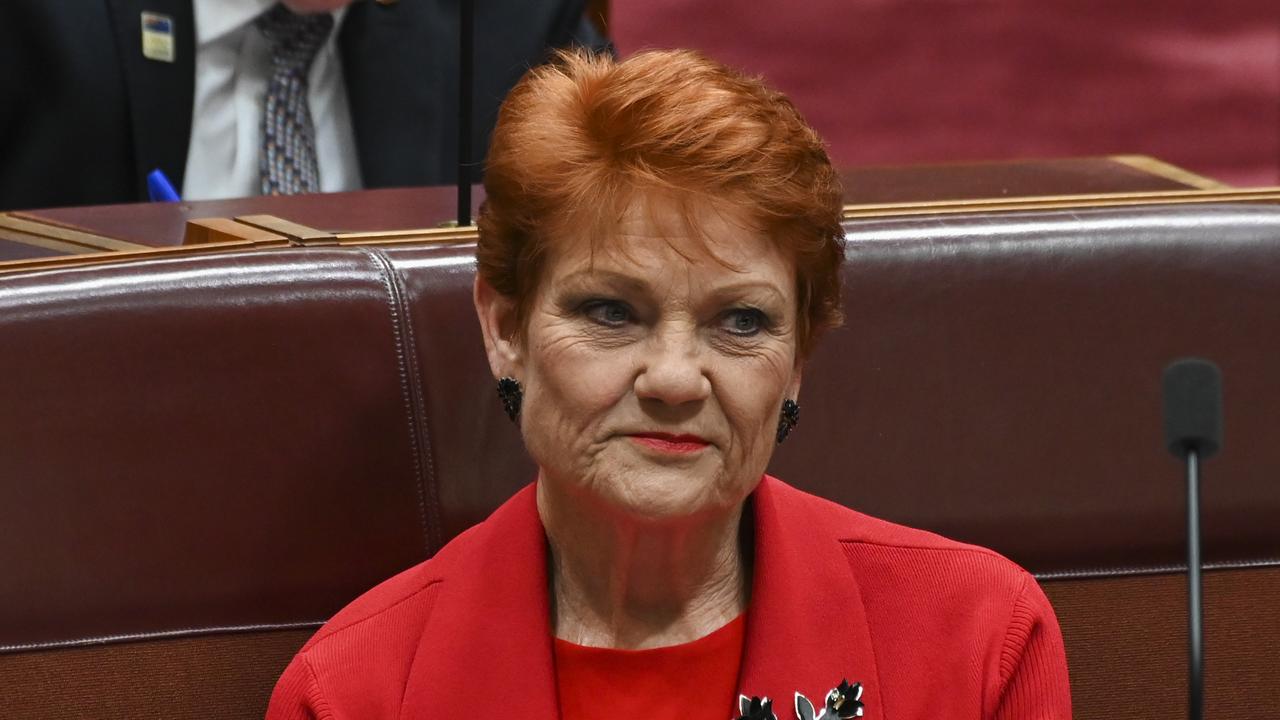
Political experts have praised former prime minister John Howard’s gun reforms in the wake of another US school shooting.
But they say the reforms that changed the country for the better didn’t come without a significant shake-up to the Australian political landscape.
Gun reform is under the microscope again in the US with the deadly Nashville shooting where six people were murdered, including three children.
But despite the deadly school shooting there appears to be little confidence that meaningful gun reform will materialise.
Everything from bullet-proof sections in classrooms to armed guards in schools is being debated.
A retired FBI agent this week even blamed the massacre on an allegedly unlocked “side door”.
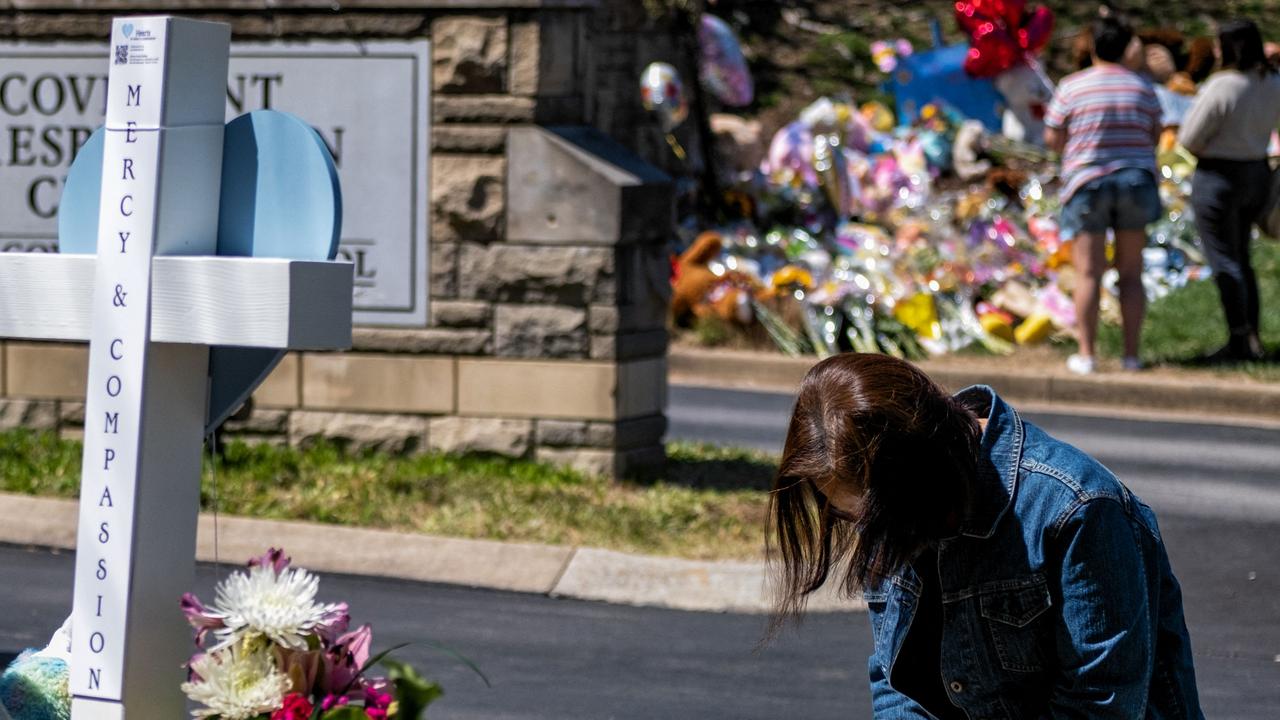
“We need to remember, the side door,” Nicole Parker told Fox.
“I’m not trying to point fingers, I don’t know the exact facts at this moment, but from what I understand a side door was unlocked. That seems to be a common pattern in many of these shootings. A side door.”
And as Nashville residents reeled, a federal judge quietly cleared the way to drop the minimum age for Tennesseans to carry handguns publicly without a permit to 18 — just two years after a new law set the age at 21.
It’s baffling how even the worst atrocities in the US fail to lead to change. So how did Mr Howard do it?
Port Arthur catalyst
Political experts have told news.com.au he showed immense leadership in implementing strict gun reforms after the horrific Port Arthur massacre in 1996 where 35 people died.
The National Firearms Agreement restricts the private ownership of semi-automatic rifles, semi-automatic shotguns and pump-action shotguns as well as introducing uniform firearms licensing.
It wasn’t a lay down misere.
Law and order constitutionally is a responsibility of state governments and territories.
Dr Zareh Ghazarian, a senior lecturer in Politics at Monash University, described the move as “politically dangerous” and “wounding” for Mr Howard because of the Liberal party’s partnership with the Nationals.
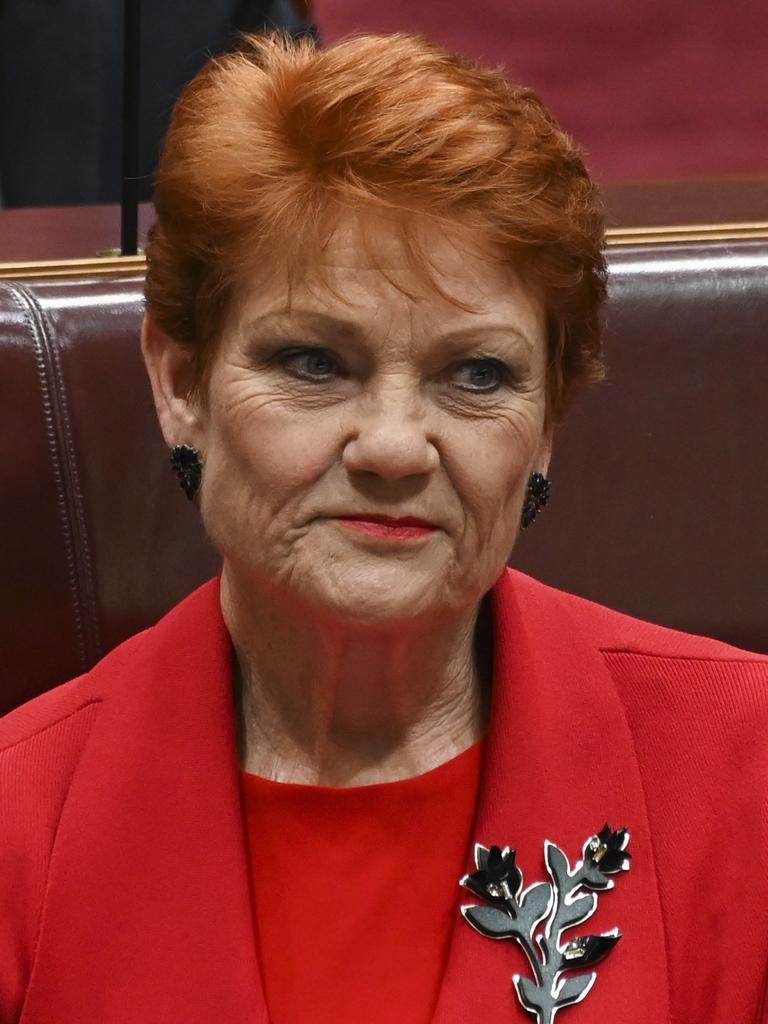
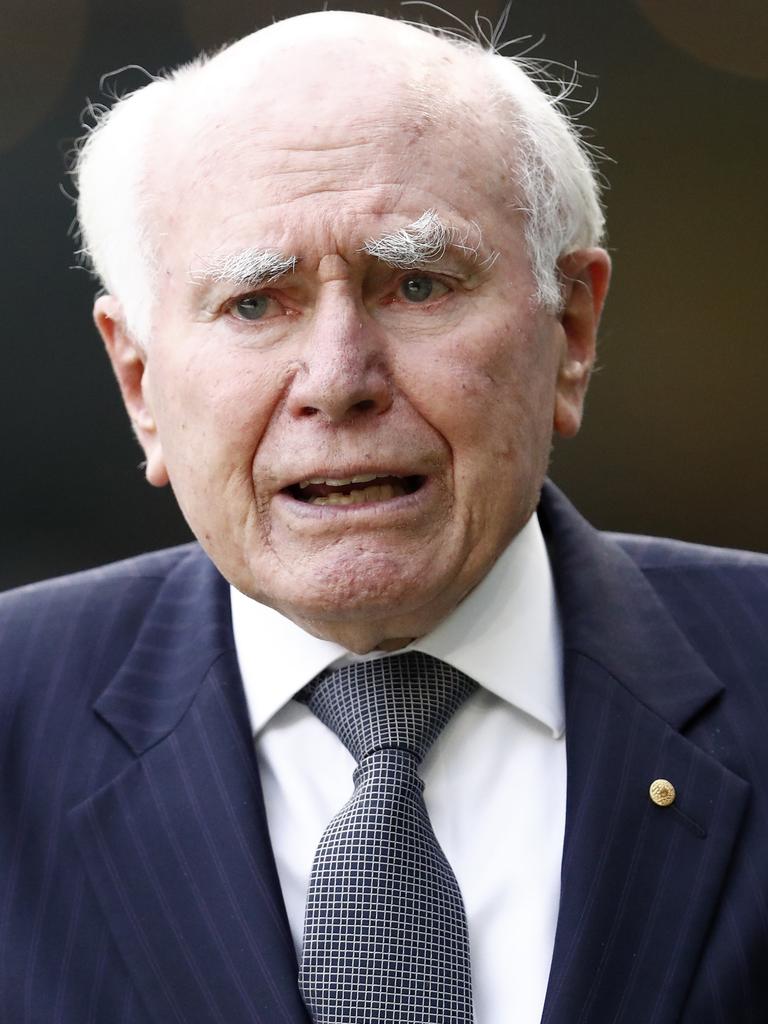
“The Nationals faced a lot of backlash from many rural and regional voters who were concerned about the impact the policy would have on their lives,” he told news.com.au.
The 1998 election would prove close with Labor, which was also fought on the polarising Goods and Services tax (GST).
A significant majority won in 1996 buffered the Howard government from losing office.
But Dr Ghazarian said gun reform contributed to the momentum of parties like One Nation and the Shooters, Fishers and Farmers.
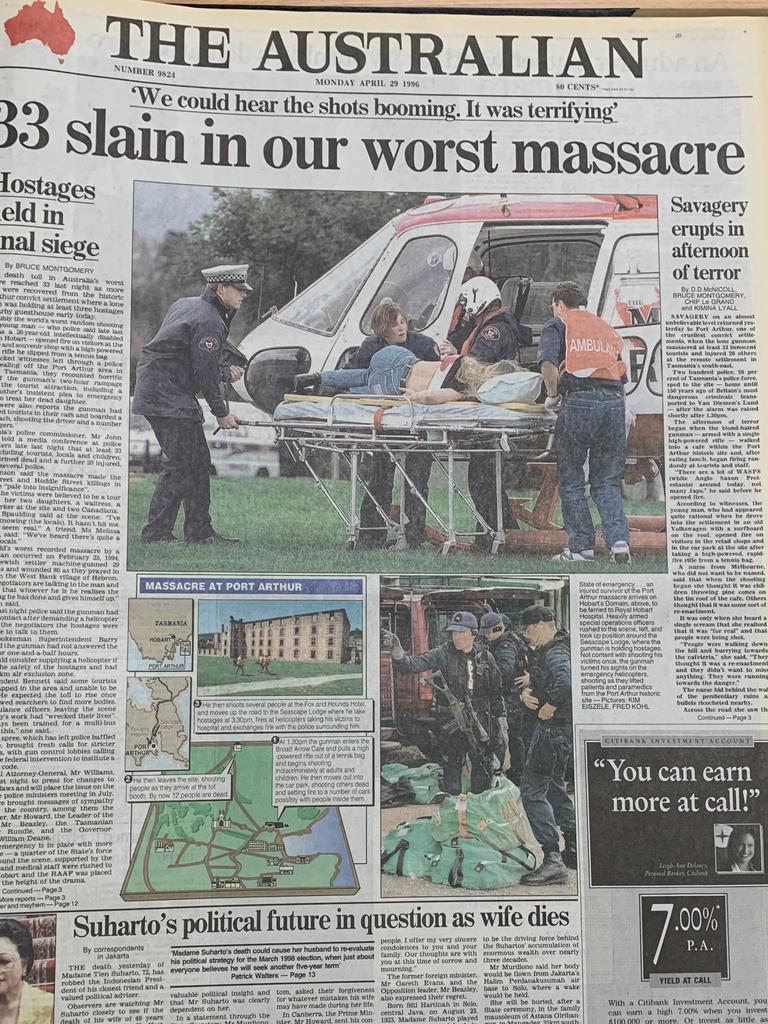
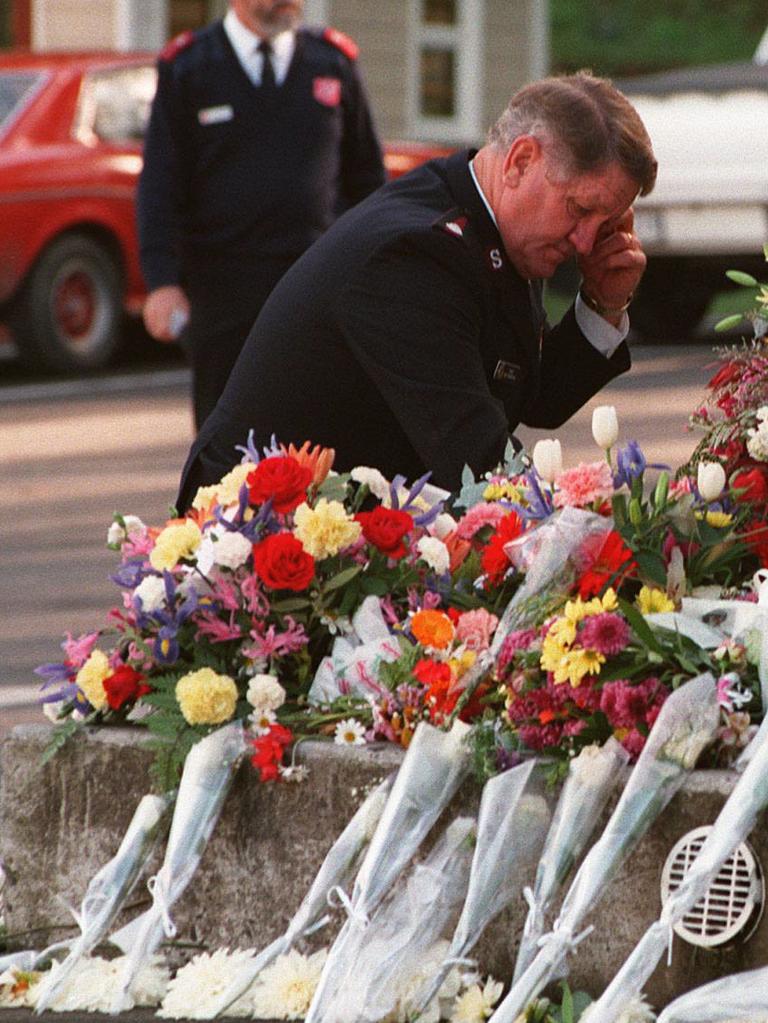
“We started to see the rise of One Nation in rural and regional areas and other parties that emerge from right of centre,” he said.
“It isn’t necessarily directly related to the gun policy but it does give us indication that some voters started to believe that the Coalition was not serving their interests and wanted to be to be looking at other parties.”
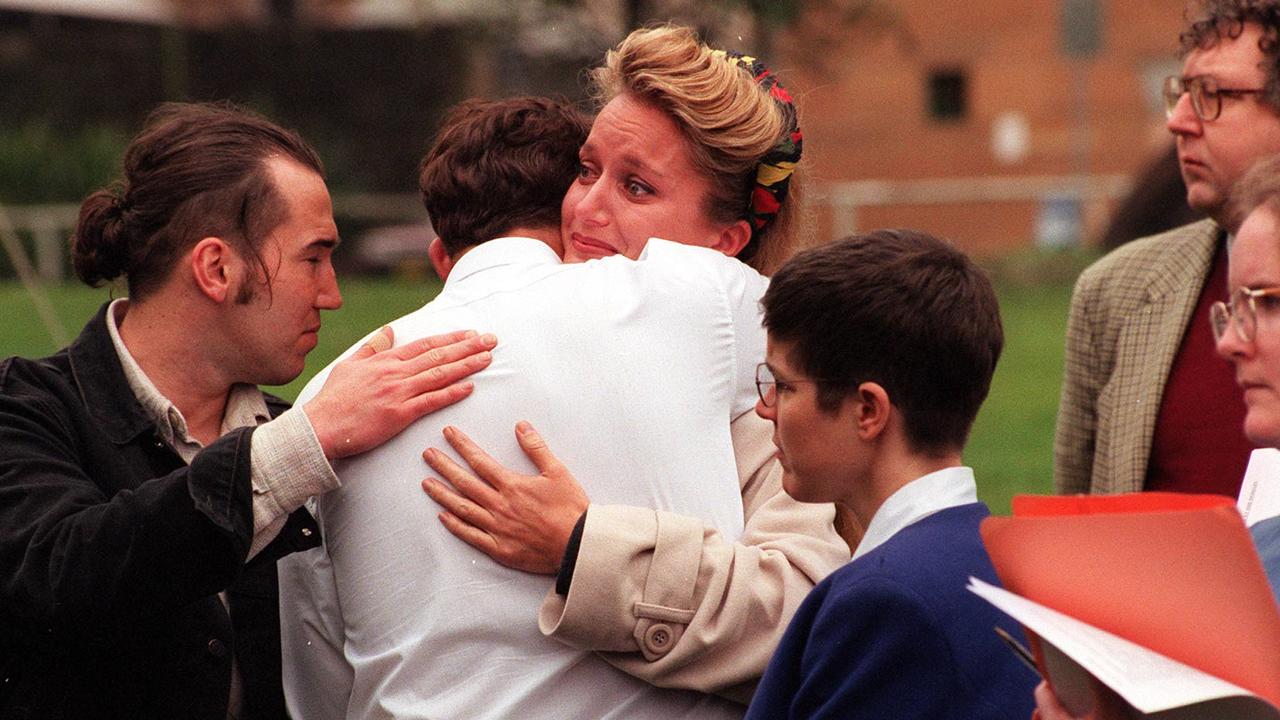
US gun culture
The other major difference between Australia and the US that experts point to is gun culture.
Partly it’s because the right to bear arms is rooted in the Second Amendment of the Constitution.
A number of Democrat presidents such as Barack Obama, who arguably had his own Port Arthur moment in 2012 with the Sandy Hook school shooting, have failed in attempts to curb gun ownership.
International Affairs expert Daniel Steedman described the issue as “multi-layered and very complex”.
“Most Americans are and have long been calling for various levels of gun reform,” he told news.com.au.
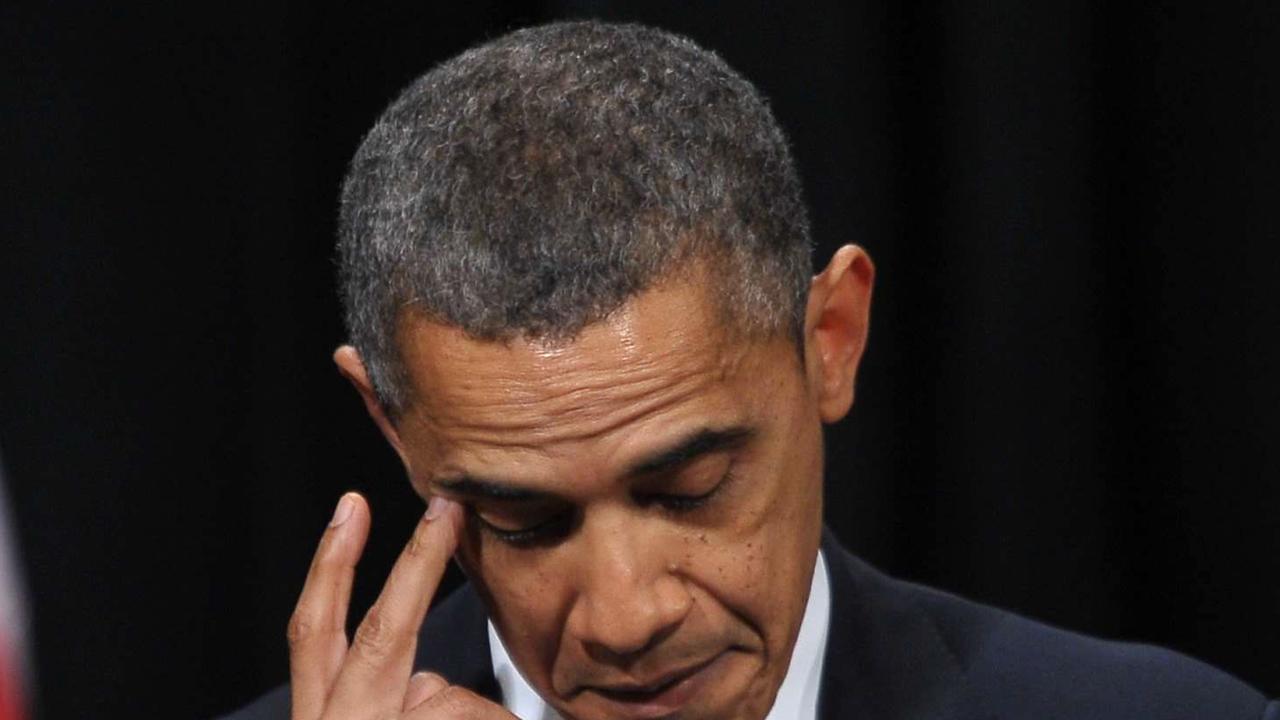
But he said factors such as demographics, race, location and political orientation come into play.
Mr Howard had bipartisan support to implement his gun reforms after the Port Arthur massacre, but in America gun reform is a hot political football which divides along Democrat/Republican lines.
“Democrats would like to see revised gun ownership laws and tighter restrictions but Republicans, on the other hand, have a higher level of gun ownership and cling to the second amendment right,” said Mr Steedman.
Small, rural states where gun ownership is widespread have disproportionate influence in the US Senate, where a supermajority of 60 votes is needed to advance reforms.
Neither Mr Obama nor President Joe Biden have had majority control in the Senate.
“It is also important to note that the gun debate is taking place at a time when US domestic politics, across most issues, is in gridlock,” said Mr Steedman.
The gun lobby also casts a long shadow of US politics.
“Many powerful pro-gun lobby groups such as the National Rifle Association NRA wield significant political influence with factions of the Republican party and this makes finding any compromise with Democrats very difficult,” Mr Steedman said.
In 2018, gun reform had an unlikely advocate in Donald Trump who argued for a major tightening of restrictions.
But he quietly dropped the issue once he became aware of the political price.
Carla.mascarenhas@news.com.au






